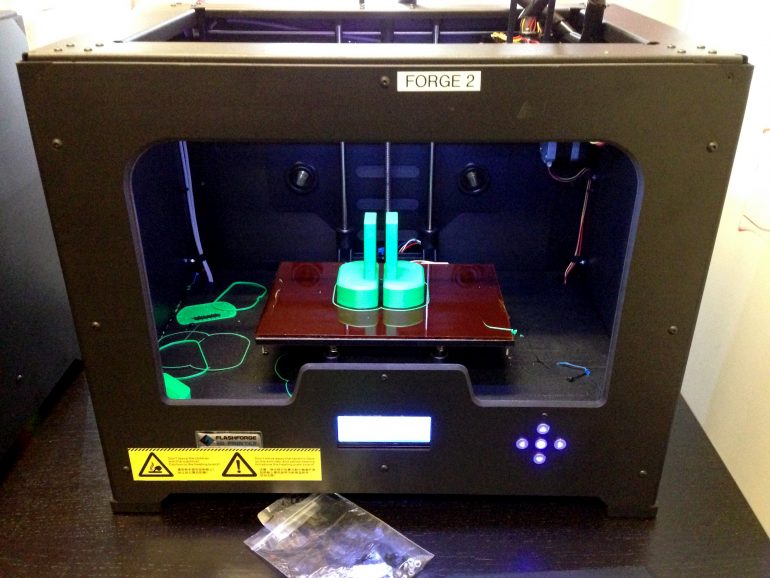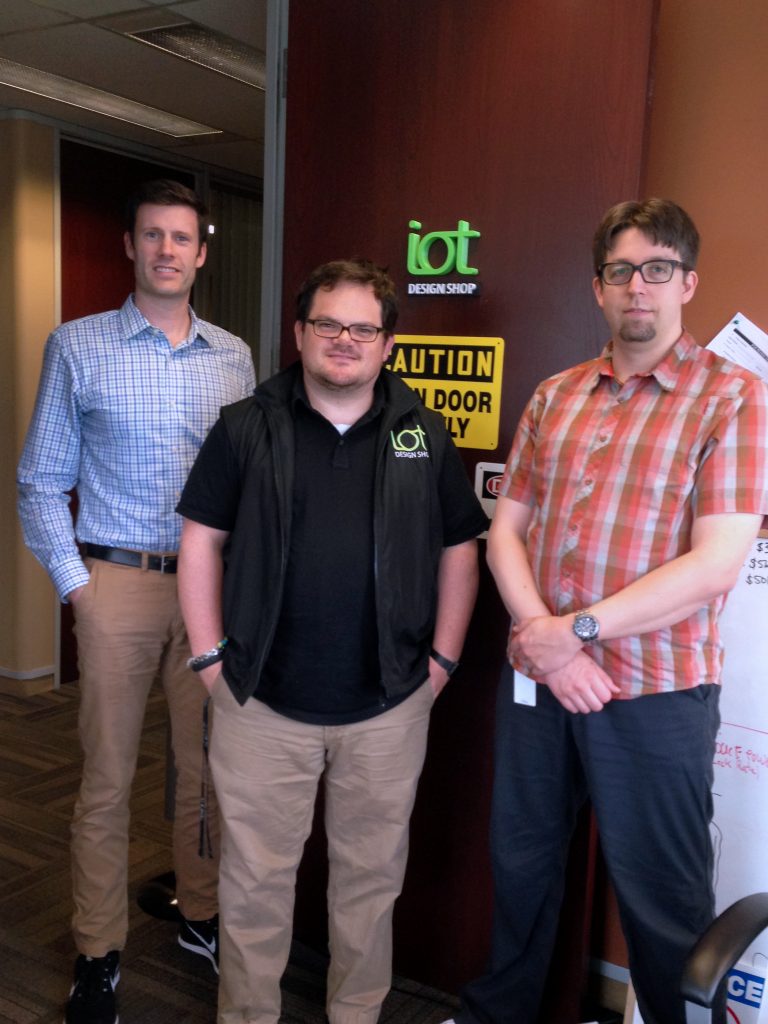“Software is eating the world, but hardware gives it teeth,” was Renee DiResta’s (Principle, OATV) comment at the first Solid Conference.
Hardware is indeed a hot topic but it’s also very hard to execute and deliver, as Lockitron’s CEO Cameron Robertson recently wrote a great article outlining many of their challenges
In terms of the hotness, Allied Market Research recently published a report predicting that the global 3D printing market will reach $8.6 billion by 2020. Then there’s making the leap from big to ridiculously massive, as new research from International Data Corporation (IDC), suggests the worldwide market for Internet of Things (IoT) solutions will grow from $1.9 trillion in 2013 to $7.1 trillion in 2020.
Vancouver’s IoT Design Shop is one company setting its sights on being a leader in the world of hardware meeting software. They’ve recently launched beacon technology that features indoor location capability, sensor applications and a Bluetooth Low Energy interface board called IoT Core. They’re working to enable product developers the opportunity to build on top of the IoT Core platform.
Graham Cunliffe (Director, Business Development) highlighted how the lean spirit running through the organization is very evident. “As hardware manufacturers with a bunch of cool ideas it’s important to be testing to see if there’s interest in what we’re selling. If people don’t see value in what we’re making, there’s absolutely no point in us spending years developing it.”
In terms of testing the marketplace, they characterize these Bluetooth Low Energy devices as being essentially generic. These are devices that can be put in a room and can communicate with people’s smartphones when in it’s proximity. Cunliffe also suggests they could be used to collect temperature data, transmit it to an iPad for an HVAC attendant to make a decision about adjusting a building heating or cooling system. The device could also be configured to work as an iBeacon within a retail store setting to push information to customers.
Regardless of the devices setting or location, he said the whole idea is to deliver “a piece of hardware with an end-to-end solution that can be built around it. People can come to us with ideas, and we can build a full product ecosystem. With a battery of 3D printers, it’s about moving from concept to a configurable and testable prototype in couple of days.”
What’s interesting about what the IoT Design Shop is doing, is to how it speaks to the larger issue of how rapidly the manufacturing and fabrication landscape is changing. As Cunliffe pointed out “it’s actually possible in this day and age to spent $10,000.00 and take a product to market. Whereas, a few years ago you’d be looking to raise hundreds of thousands of dollars to do that same thing. Hardware to getting to be more like software, where you can rapidly iterate, and deliver new product to market.”
There was a very palpable buzz to the conversation as they were testing a brand new injection molding machine. They were like kids at Christmas. Because, while there’s a solution to making a million of something doing smaller runs in the hundreds or thousands has always presented challenging economies of scale.
For president/CTO Trent Shumay “it’s so awesome this type of technology is an option. There’s a gap between the prototype on a 3D printer where you can generate ten things to hand build, sand, and paint versus being able to scale up to produce a run of 500 or 1000 of that thing.”
For the past twenty plus years we’ve watched the gutting of North America’s manufacturing industry. Quality jobs disappearing, the carbon footprint going up with resources heading overseas and the “lowest prices” filling containers that fume across our oceans with the hopes that mall parking lot’s will fill with minivans, full of hungry consumers.
“We’re past the days of spending hundreds of thousands of dollars for tooling up, and the pressure of then selling millions of units to make it worthwhile,” Shumay shared. Not every new physical product has to be a “moonshot.”
It’s possible, and maybe even hopeful that technology like 3D printing, laser cutting, injection molding along with better software, combined with a maker culture will lead to the on-shoring of a new and reborn home-grown manufacturing industry.


